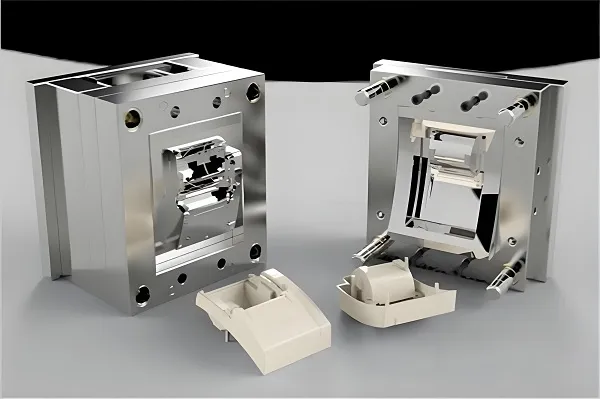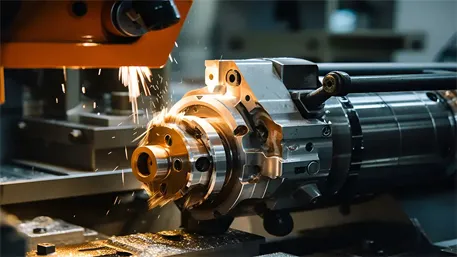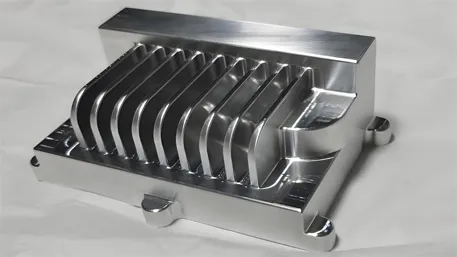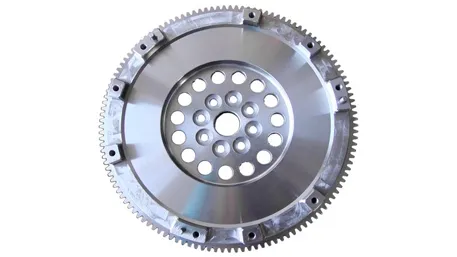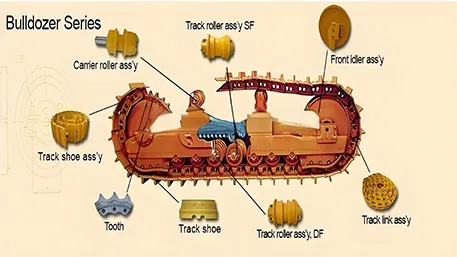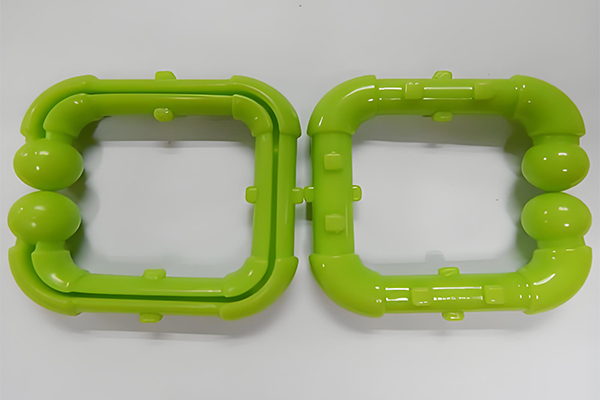As the global manufacturing industry transforms towards digitalization and intelligence, the Computer Numerical Control (CNC) industry is facing unprecedented opportunities and challenges. Based on recent domestic and international news reports and market data, this article provides a professional analysis of the current situation and future of the CNC industry from four dimensions: market trends, technological advancements, regional dynamics, and future prospects.
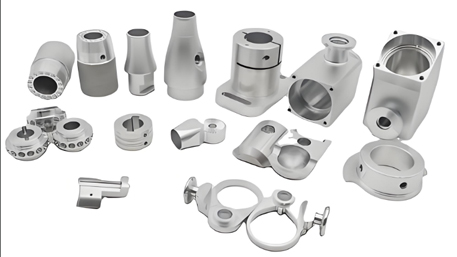
I. Global Market Trends
In recent years, the global CNC machining center market has shown a steady growth trend. Multiple market studies indicate that, especially in the high – end five – axis machine tool sector, driven by high – precision processing demands in industries such as aerospace and automotive manufacturing, the order volume and installed base in the global related market have been continuously rising. For example, some reports predict that the global installation volume of five – axis machine tools will exceed 15,000 units by 2023, and the compound annual growth rate will increase steadily in the next few years. This trend reflects the growing demand for precision machining equipment in the global manufacturing industry, and also provides an opportunity for manufacturers around the world to seize the high – end market.
II. Technological Advancements and Innovation – Driven
Technological innovation is the core driving force for the development of the CNC industry. In recent years, CNC systems have been moving towards intelligence, automation, and networking. This is manifested in the following aspects:
Intelligent Upgrade
The new – generation CNC systems integrate various sensors and real – time data analysis technologies, which can automatically adjust processing parameters according to the information collected during the production process, achieving adaptive control. This not only improves production efficiency but also significantly reduces equipment failure rates and maintenance costs.
Application of Robot Technology
Some enterprises have begun to combine robot technology with CNC processing. For example, Optimas Solutions has adopted the UR10e robot from Universal Robot and introduced it into the CNC processing process to achieve automatic loading and unloading and fine – grained operations, further enhancing production capacity.
Integration of Networking and the Internet of Things
With the development of 5G and industrial Internet technologies, CNC equipment is gradually realizing remote monitoring, fault prediction, and intelligent maintenance, laying the foundation for enterprises to build an efficient and interconnected intelligent manufacturing system.
III. Regional Market Dynamics and Challenges
There are significant differences in the development of CNC technology research, development, and application in different regions. The regional market dynamics are mainly reflected in the following points:
Chinese Market
In recent years, the domestic CNC machine tool industry has achieved steady growth driven by policy support and equipment upgrades. Data shows that as of 2024, the domestic production value of metal – processing machine tools reached 205 billion yuan, and the order volume has shown double – digit growth. However, in the field of high – end CNC machine tools, China still faces technological competition from Japan, Europe, and the United States. Although patent applications and R & D investment are continuously increasing, the overall technical level still lags behind the international leading level.
Japanese Market
As an important base for global high – end machine tool manufacturing, Japan’s machine tool orders and technical level have always been in a leading position. Although some recent data reflect year – on – year fluctuations in orders, the overall market’s technological maturity and product stability still give it an advantage in international competition.
US Market
The demand for high – precision processing equipment in the US manufacturing industry is constantly increasing, especially in the aerospace, electronics, and automotive sectors. This provides a broad market space for US CNC equipment manufacturers. Intelligent manufacturing and digital transformation are driving US manufacturers to continuously invest in technology research and development and market layout.
IV. Future Trends and Prospects
Facing the dual pressures of globalization competition and technological iteration, the future development of the CNC industry can be carried out in the following directions:
Full Implementation of Intelligent Manufacturing
The further application of emerging technologies such as 5G, the Internet of Things, and big data will promote CNC equipment to achieve a higher level of intelligence and networking, forming a manufacturing ecosystem centered around data – driven.
Breakthroughs in High – end Products
The research and development of high – precision and high – efficiency machine tools will be the key for manufacturers around the world to compete for the market. Chinese enterprises need to increase R & D investment and international cooperation, break through key technical bottlenecks, and narrow the gap with the international leading level.
Green Manufacturing and Sustainable Development
With the increasing global requirements for environmental protection and energy efficiency, CNC technology will also incorporate more green manufacturing concepts, achieving sustainable development through energy conservation, emission reduction, and resource optimization.
Exhibitions and International Cooperation
In the next few years, relevant exhibitions and technical exchange activities around the world will provide a cooperation platform for manufacturers from various countries, promoting the unification of technical standards and cross – border technical cooperation, and further stimulating market vitality.
Conclusion
Overall, the global CNC industry is on a development track driven by both technological innovation and market demand. Facing the different characteristics and challenges of regional markets, enterprises should not only focus on technological research and development and intelligent transformation but also actively seek international cooperation and exchanges. Only by continuously enhancing their core competitiveness can they gain a foothold in the fierce competition of the future global manufacturing industry.
Through a comprehensive analysis of current market data, technological development trends, and regional competitive landscapes, we believe that the CNC industry will continue to move towards intelligence, greenness, and high – end in the future, injecting new vitality into the global manufacturing industry.

